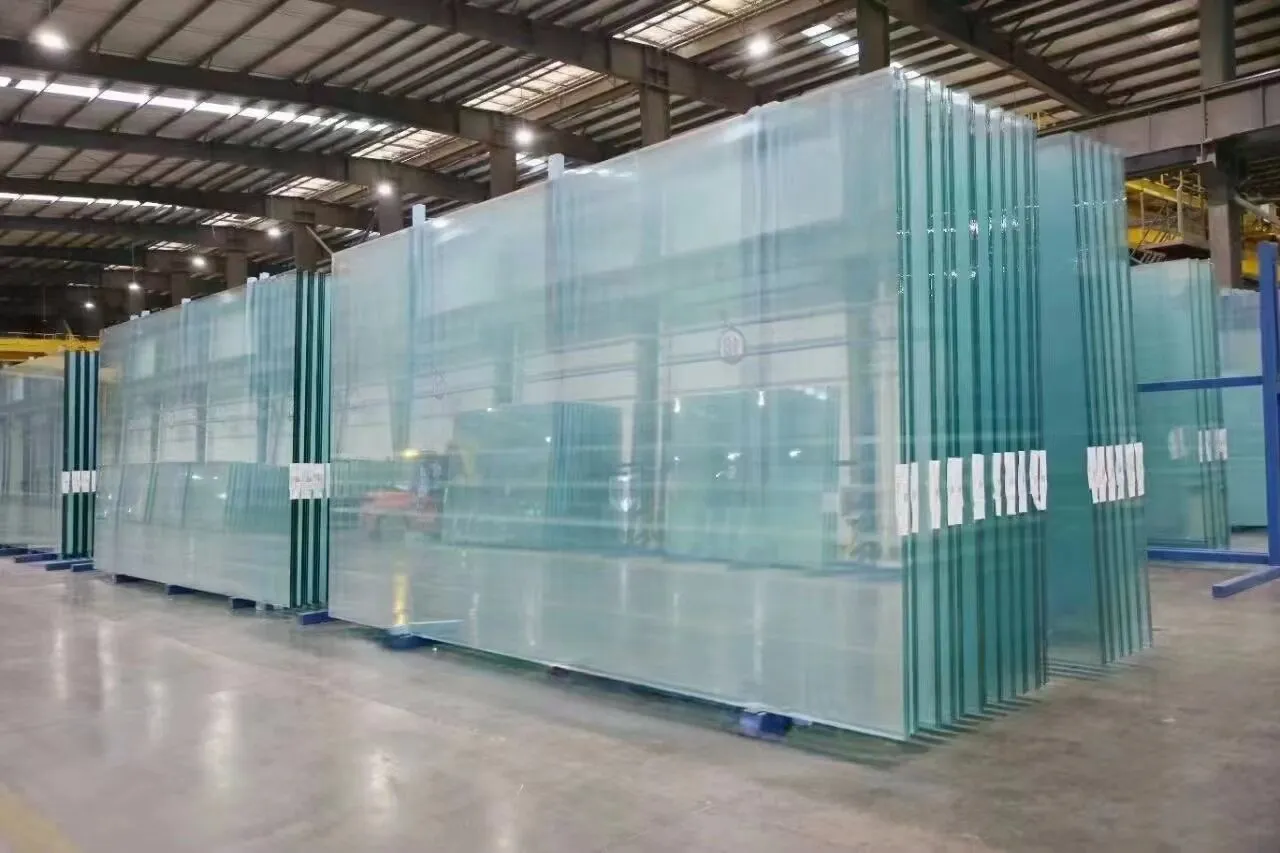Understanding Tempered Glass Definition, Properties, and Applications
Tempered glass, also known as toughened glass, is a type of safety glass that has been processed by controlled thermal or chemical treatments to increase its strength compared to standard glass. This process involves heating the glass to high temperatures and then rapidly cooling it, a method that alters its internal structure and makes it significantly stronger. The unique properties of tempered glass make it a popular choice in various applications, from architectural design to automotive manufacturing.
What is Tempered Glass?
Tempered glass is manufactured through a process called tempering, which involves heating the glass to approximately 620 degrees Celsius (about 1,148 degrees Fahrenheit) and then cooling it rapidly. This quick cooling creates compressive stresses on the surface of the glass, which enhances its ability to withstand stress and impact. As a result, tempered glass is almost five to six times stronger than ordinary (annealed) glass of the same thickness, making it ideal for environments where safety and durability are paramount.
One of the hallmark features of tempered glass is its fragmentation pattern. In the event of breakage, tempered glass shatters into small, blunt pieces rather than sharp shards, minimizing the risk of injury. This characteristic makes it particularly important in applications where safety is a concern, such as in glass doors, shower enclosures, glass railings, and facades.
Key Properties of Tempered Glass
1. Strength and Durability As previously mentioned, tempered glass is significantly stronger than standard glass due to the tempering process. It can withstand high levels of stress and impact, making it suitable for high-pressure environments.
2. Thermal Resistance Tempered glass can endure high temperatures and sudden temperature fluctuations without breaking. It can withstand temperature variations of up to about 200 degrees Celsius (392 degrees Fahrenheit), making it ideal for applications like oven doors and glass walls that may be exposed to heat.
3. Safety The way tempered glass shatters renders it safer than regular glass. This feature is crucial in public spaces and environments where people may be at risk of injury, such as homes, schools, and offices.
tempered glass def
4. Aesthetic Appeal The clarity and finish of tempered glass provide an aesthetically pleasing option for both residential and commercial spaces. It can be coated and treated to enhance its visual appeal further, making it a favorite among architects and designers.
Applications of Tempered Glass
Tempered glass is versatile and finds use in various applications across different industries
- Architecture and Construction Due to its strength and safety features, tempered glass is widely used in building facades, skylights, windows, and glass doors. It is particularly favored in modern designs that prioritize natural light and open spaces.
- Automotive Industry The automotive sector utilizes tempered glass for side windows and rear windows in vehicles. Its ability to withstand impacts while ensuring passenger safety makes it an essential component in car manufacturing.
- Interior Design Many interior spaces feature tempered glass in shower doors, glass partitions, and table tops. Its safety and aesthetic qualities make it a popular choice for both residential and commercial interiors.
- Furniture Innovations in furniture design have led to the widespread use of tempered glass in tabletops, shelves, and other furnishing elements, adding elegance while providing durability.
Conclusion
Tempered glass stands as a testament to advancements in material science, combining strength, safety, and aesthetic appeal. Its unique properties make it a preferred choice for various applications, ensuring safety without compromising on design. As industries continue to evolve, tempered glass will undoubtedly remain a critical component in modern architecture and design. Understanding this material allows consumers and professionals alike to make informed decisions when selecting glass products for their projects, enhancing both functionality and style.
 Afrikaans
Afrikaans  Albanian
Albanian  Amharic
Amharic  Arabic
Arabic  Armenian
Armenian  Azerbaijani
Azerbaijani  Basque
Basque  Belarusian
Belarusian  Bengali
Bengali  Bosnian
Bosnian  Bulgarian
Bulgarian  Catalan
Catalan  Cebuano
Cebuano  Corsican
Corsican  Croatian
Croatian  Czech
Czech  Danish
Danish  Dutch
Dutch  English
English  Esperanto
Esperanto  Estonian
Estonian  Finnish
Finnish  French
French  Frisian
Frisian  Galician
Galician  Georgian
Georgian  German
German  Greek
Greek  Gujarati
Gujarati  Haitian Creole
Haitian Creole  hausa
hausa  hawaiian
hawaiian  Hebrew
Hebrew  Hindi
Hindi  Miao
Miao  Hungarian
Hungarian  Icelandic
Icelandic  igbo
igbo  Indonesian
Indonesian  irish
irish  Italian
Italian  Japanese
Japanese  Javanese
Javanese  Kannada
Kannada  kazakh
kazakh  Khmer
Khmer  Rwandese
Rwandese  Korean
Korean  Kurdish
Kurdish  Kyrgyz
Kyrgyz  Lao
Lao  Latin
Latin  Latvian
Latvian  Lithuanian
Lithuanian  Luxembourgish
Luxembourgish  Macedonian
Macedonian  Malgashi
Malgashi  Malay
Malay  Malayalam
Malayalam  Maltese
Maltese  Maori
Maori  Marathi
Marathi  Mongolian
Mongolian  Myanmar
Myanmar  Nepali
Nepali  Norwegian
Norwegian  Norwegian
Norwegian  Occitan
Occitan  Pashto
Pashto  Persian
Persian  Polish
Polish  Portuguese
Portuguese  Punjabi
Punjabi  Romanian
Romanian  Russian
Russian  Samoan
Samoan  Scottish Gaelic
Scottish Gaelic  Serbian
Serbian  Sesotho
Sesotho  Shona
Shona  Sindhi
Sindhi  Sinhala
Sinhala  Slovak
Slovak  Slovenian
Slovenian  Somali
Somali  Spanish
Spanish  Sundanese
Sundanese  Swahili
Swahili  Swedish
Swedish  Tagalog
Tagalog  Tajik
Tajik  Tamil
Tamil  Tatar
Tatar  Telugu
Telugu  Thai
Thai  Turkish
Turkish  Turkmen
Turkmen  Ukrainian
Ukrainian  Urdu
Urdu  Uighur
Uighur  Uzbek
Uzbek  Vietnamese
Vietnamese  Welsh
Welsh  Bantu
Bantu  Yiddish
Yiddish  Yoruba
Yoruba  Zulu
Zulu 

